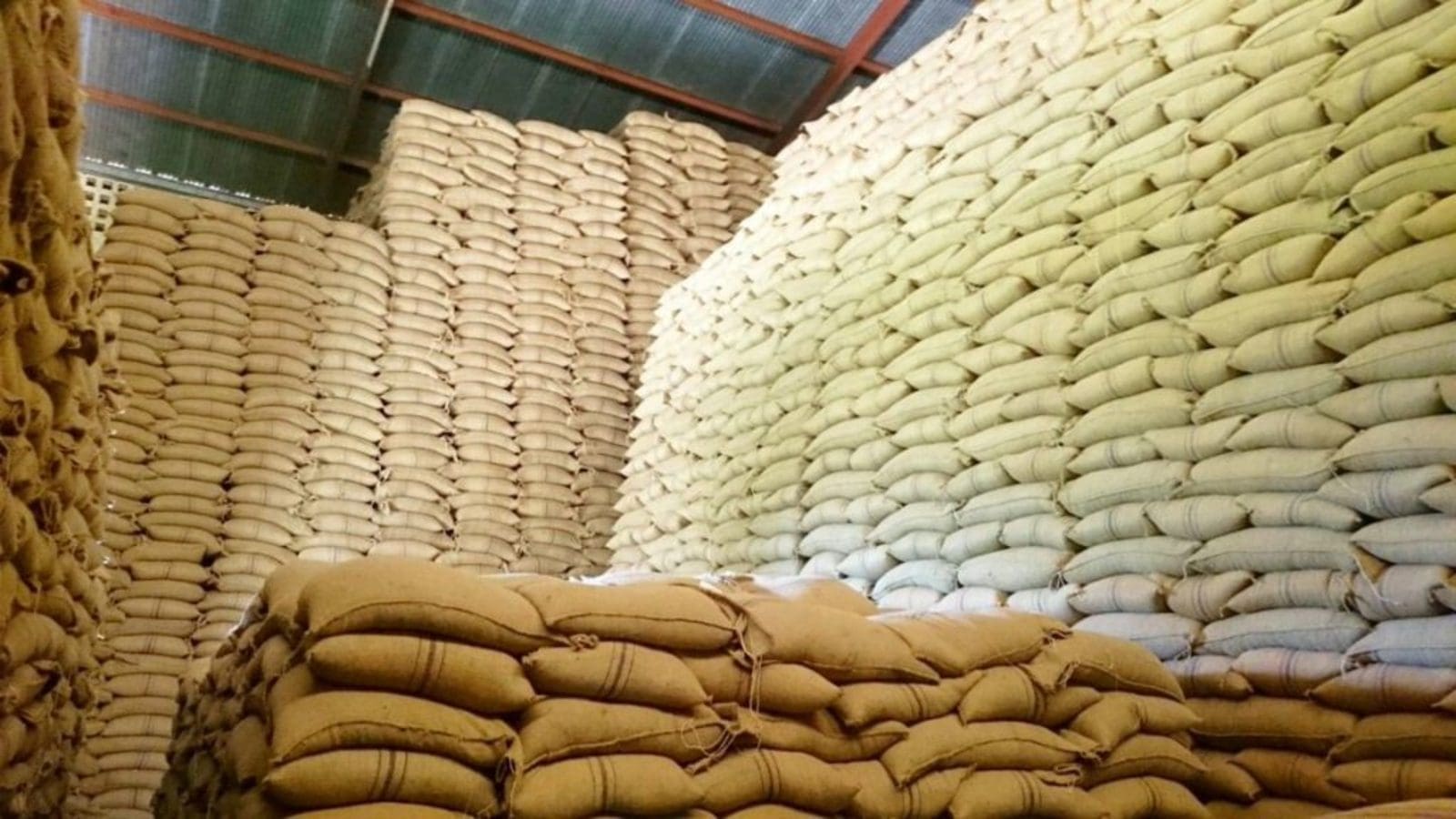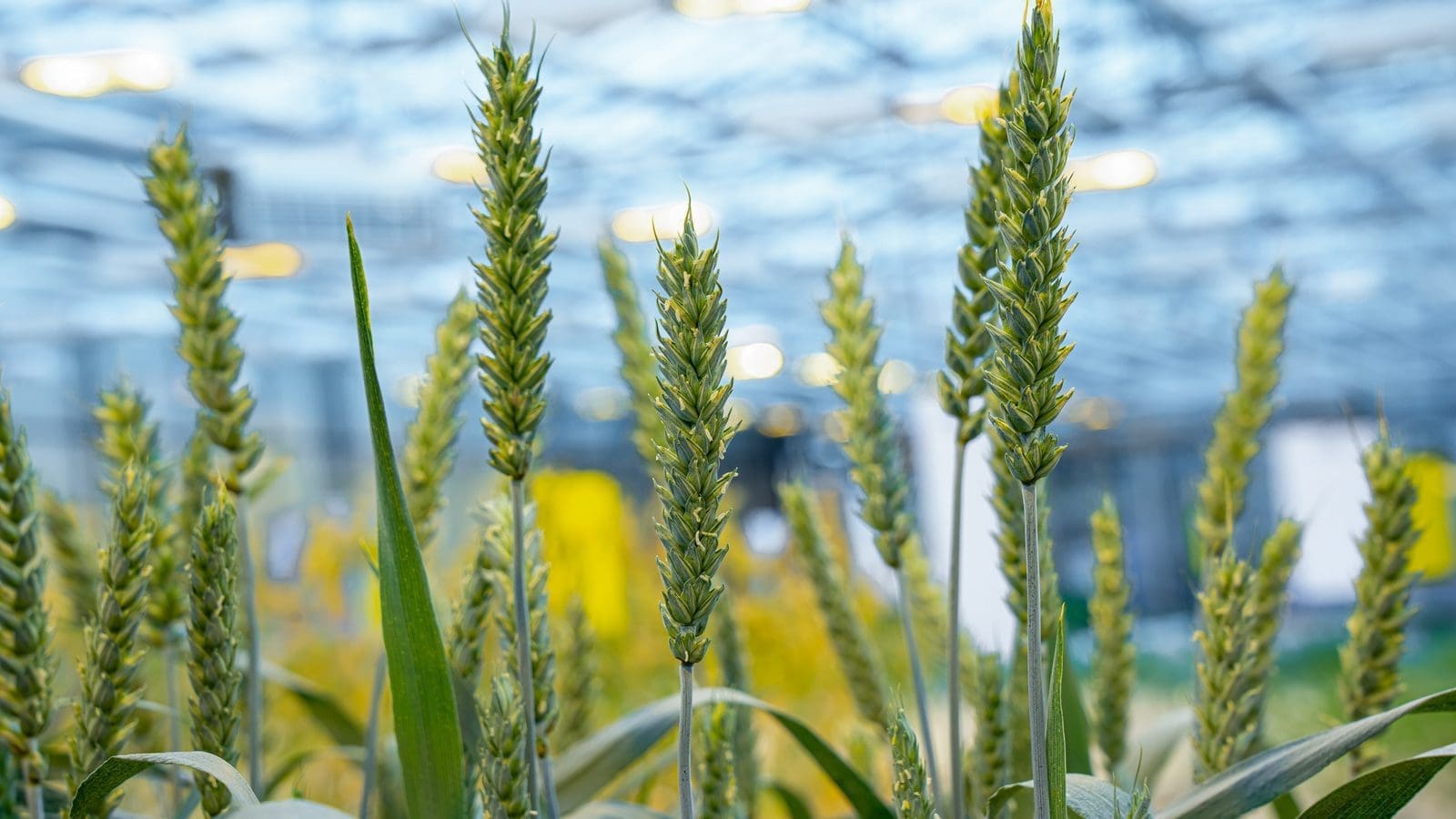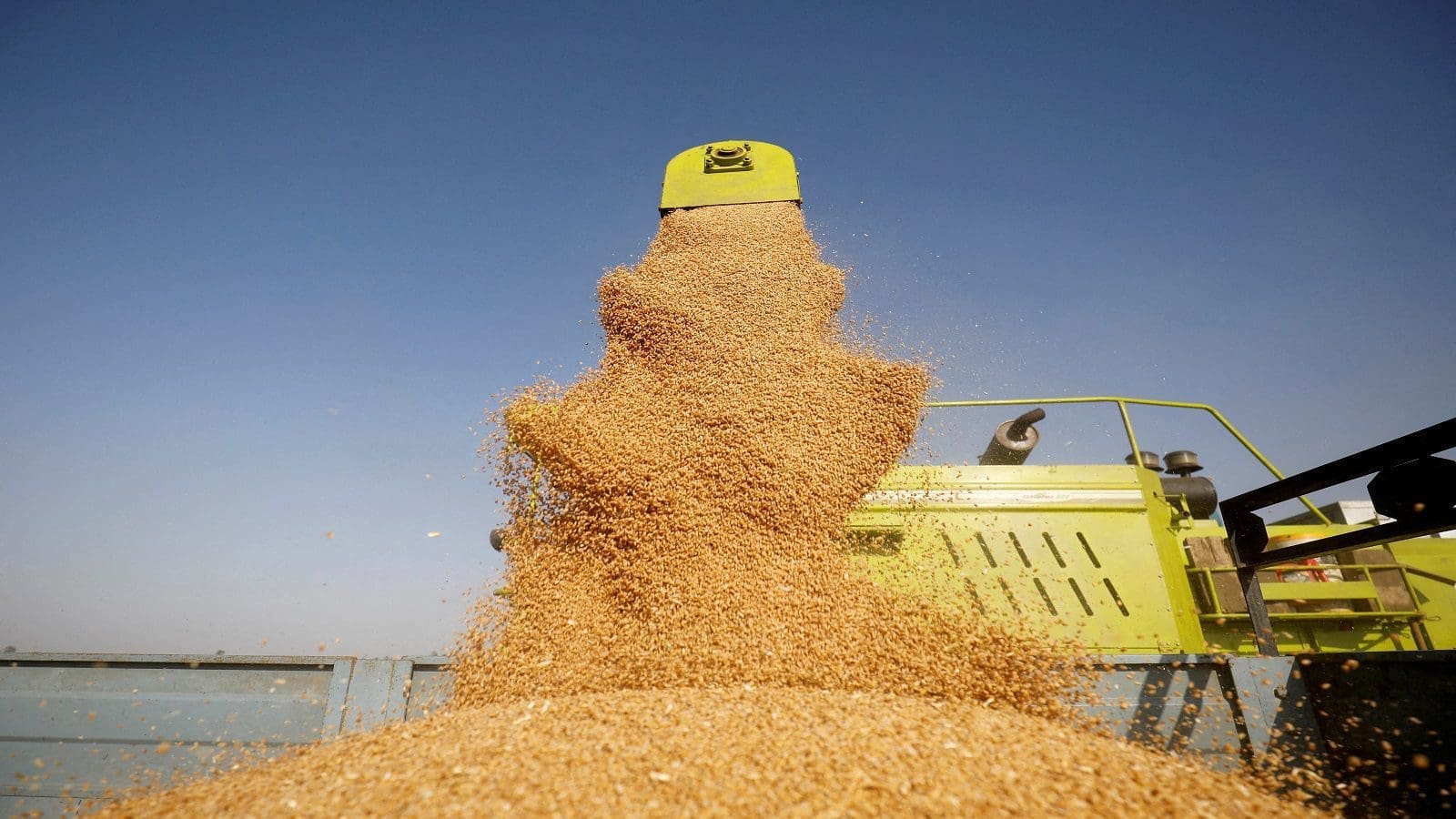KENYA- Kenya might have to find new suppliers for maize imports as Uganda and Tanzania, the country’s traditional source markets find new lucrative buyers for their maize crop.
According to Business Focus, a Ugandan local daily, the two countries which both share a border with Kenya are now opting to sell their maize to South Sudan and the United Arab Emirates where they are fetching a better price for the crop.
This comes at a time when Kenya is grappling with a shortage of the commodity and plans to import up to 900,000 tonnes of duty-free white maize to cushion the deficit.
The Kenyan government has already waived import duty on maize and rice to ease the shortage of cereals and avert a food crisis even after the November harvesting season.
Kenya’s maize production has fluctuated in the past eight years, with its highest production being in 2018 when it produced 44.6 million bags, and the lowest being in 2017 when the country produced 35.4 million bags.
In 2022 alone, Kenya’s maize imports doubled to 519,611.30 tonnes (5.7M 90-kilogram bags) from 214,100.9 tonnes (2.4M bags) in 2021 according to the Kenya National Bureau of Statistics.
This is the highest maize import since 2017 with the country facing a shortage of the staple leading to a spike in retail prices of maize flour.
President William Ruto did away with a maize subsidy program that had been put in place by his predecessor which would have seen a two-kilogram of maize flour retail at KSh100 but rather waved import duty.
Interestingly, maize prices have hit a historic high, with a 90-kilo bag now retailing at KES 6,000 in Nairobi, pointing to hard times for Kenyans who will incur the high cost of flour.
Millers on the other hand are arguing that they are not getting enough stocks as farmers are not supplying, and cross-border imports from Tanzania and Uganda have fizzled out.
Millers say the country is likely to run out of locally produced stocks by the end of January, a move that will add more pressure on prices of the country’s staple food which is retailing at KSH 200.
Whereas the selling price is impressive for farmers, the cushion is needed as short rains for October-November-December failed pointing to another round of failed crops in the next cycle of production in 2023.
For all the latest food industry news from Africa and the World, subscribe to our NEWSLETTER, follow us on Twitter and LinkedIn, like us on Facebook and subscribe to our YouTube channe










